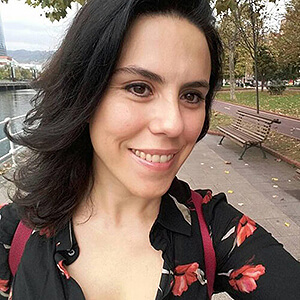
Jaia eta Borroka. Identity Battles, Social Movement Networks and Political Opportunity Structures in the Making of Participatory Culture.
Ignacia Perugorría
My dissertation project will analyze the interaction between culture, politics and the city in the Basque Country. It will do so by focusing on Bilbao’s Big Week (Aste Nagusia), the city’s annual summer festivity, from 1978 to the present. My project investigates Aste Nagusia as both a rare experiment of what I denominate “participatory culture,”and as a showcase where “identity battles” are waged between the actors involved in its organization. I study these two substantive issues from both a relational and a historical-comparative perspective. My methodological design is based on a multi-methods approach that has political ethnography at its heart. This approach combines the analysis of primary and secondary data covering the last three decades, and a two-year ethnography conducted in Bilbao from2010 to 2012. Primary data come from participant observations, in-depth interviews, and online surveys; secondary data, in turn, emerge from newspaper articles, public and private archives, webpages, laws and bylaws,administrative sanctions, and judiciary transcriptions. Additionally,my analysis relies heavily on photographic and audio-visual images. Information collected through these multiple methods and data sources will be analyzed following the principles of qualitative content analysis, and network analysis.
Benjamín Tejerina Modelos y áreas de investigación en ciencias sociales Universidad del País Vasco/EHU Ministerio de Economía y Competitividad (MINECO)
